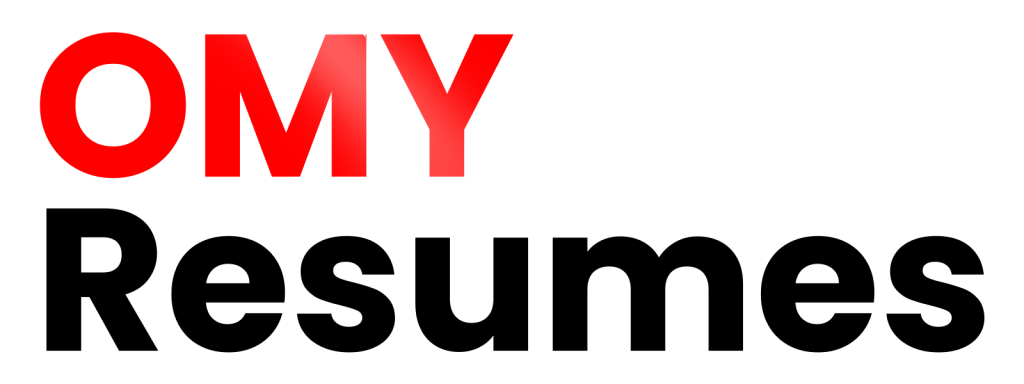Introduction
In 2025, the Canadian job market is more competitive than ever. Recruiters and hiring managers are increasingly relying on LinkedIn to assess candidates, making it essential for job seekers to have a compelling online presence. However, many professionals overlook the importance of aligning their LinkedIn profiles with their resumes, leading to missed opportunities.
At OMY Resumes, we understand the intricacies of the Canadian job market and the significance of a cohesive online and offline professional identity. This guide will provide you with actionable steps to transform your resume into an effective LinkedIn profile that resonates with Canadian employers.
H2: Understanding the Importance of LinkedIn in 2025
H3: The Shift Towards Online Professional Branding
In 2025, LinkedIn has become more than just a networking platform; it’s a vital tool for job seekers. According to LinkedIn’s own data, profiles with complete information receive up to 40% more opportunities than those without. This underscores the importance of having a well-optimized LinkedIn profile that mirrors the strengths highlighted in your resume.
H3: The Role of LinkedIn in the Canadian Job Market
In Canada, especially in cities like Toronto, Vancouver, and Montreal, employers frequently use LinkedIn to vet candidates before making hiring decisions. A study by Job Bank Canada revealed that over 70% of employers use LinkedIn to search for potential hires, making it crucial for Canadian job seekers to maintain an active and polished profile.
H2: Steps to Convert Your Resume into a LinkedIn Profile
H3: Step 1: Craft a Compelling Headline
Your LinkedIn headline is one of the first things potential employers see. Instead of just listing your job title, incorporate keywords from your resume that highlight your skills and expertise. For example:
“Experienced Project Manager | Expert in Agile Methodologies | Proven Track Record in Delivering Complex Projects”
H3: Step 2: Develop a Persuasive Summary
Your summary should encapsulate your professional journey, key achievements, and career aspirations. Use this section to tell your story, reflecting the narrative presented in your resume. Incorporate keywords relevant to your industry to enhance discoverability.
H3: Step 3: Align Your Experience with Your Resume
Ensure that your LinkedIn experience section mirrors the roles and responsibilities listed on your resume. Use bullet points to highlight key achievements and quantify results where possible. For instance:
“Led a team of 10 in the successful implementation of a new CRM system, resulting in a 20% increase in customer satisfaction.”
H3: Step 4: Showcase Your Skills and Endorsements
Add skills that align with those mentioned in your resume. Encourage colleagues and supervisors to endorse these skills, as endorsements add credibility to your profile.
H3: Step 5: Obtain Recommendations
Request recommendations from former employers or colleagues that echo the accomplishments highlighted in your resume. These testimonials can significantly enhance your profile’s credibility.
H3: Step 6: Customize Your LinkedIn URL
A personalized LinkedIn URL is more professional and easier to share. Customize it to include your name or a variation of it, aligning with your personal brand.
H3: Step 7: Add Multimedia to Your Profile
Enhance your profile by adding presentations, documents, or links that showcase your work. This could include project reports, presentations, or articles you’ve authored, providing tangible evidence of your skills and achievements.
H2: Common Mistakes to Avoid
H3: Inconsistent Information
Ensure that the information on your LinkedIn profile matches your resume. Inconsistencies can raise red flags for potential employers.
H3: Neglecting the ‘Skills’ Section
The skills section is crucial for passing Applicant Tracking Systems (ATS). Neglecting to populate this section can hinder your profile’s visibility.
H3: Using a Generic Profile Picture
Your profile picture should be professional and reflect your industry standards. Avoid using casual or outdated photos.
H3: Ignoring LinkedIn’s Features
LinkedIn offers various features like endorsements, recommendations, and multimedia uploads. Failing to utilize these can make your profile less engaging.
H2: Leveraging LinkedIn for Networking
H3: Connect with Industry Professionals
Use LinkedIn to connect with professionals in your industry. Engage with their content and participate in discussions to expand your network.
H3: Join Relevant Groups
Joining LinkedIn groups related to your field can provide valuable insights and opportunities for collaboration.
H3: Share Valuable Content
Regularly share articles, insights, or updates related to your industry. This positions you as a thought leader and keeps you visible to your network.
H2: Integrating LinkedIn with Your Job Search Strategy
H3: Apply for Jobs Directly Through LinkedIn
Many companies post job openings on LinkedIn. You can apply directly through the platform, often with just a few clicks.
H3: Set Up Job Alerts
Set up job alerts on LinkedIn to receive notifications about opportunities that match your skills and interests.
H3: Research Companies
Use LinkedIn to research companies you’re interested in. Follow them to stay updated on news and job postings.
H2: The Role of OMY Resumes in Your Career Development
At OMY Resumes, we specialize in helping Canadian professionals craft ATS-friendly resumes and optimize their LinkedIn profiles. Our services include:
- Resume Writing Services: Tailored resumes that highlight your strengths and align with industry standards.
- Cover Letter Writing: Compelling cover letters that complement your resume and make a strong case to employers.
- LinkedIn Profile Optimization: Enhancing your LinkedIn profile to increase visibility and attract recruiters.
- Career Consultation: Expert advice to help you navigate your career path and achieve your professional goals.
- Interview Preparation Coaching: Coaching sessions to help you prepare for interviews and make a lasting impression.
- Portfolio Website Development: Creating a professional online portfolio to showcase your work and achievements.
Conclusion
In today’s competitive job market, aligning your resume with your LinkedIn profile is essential for success. By following the steps outlined in this guide, you can create a cohesive and compelling online presence that resonates with Canadian employers.
Ready to take the next step in your career? At OMY Resumes, we are committed to helping you succeed. Contact us today to learn more about our services and how we can assist you in achieving your professional goals.

